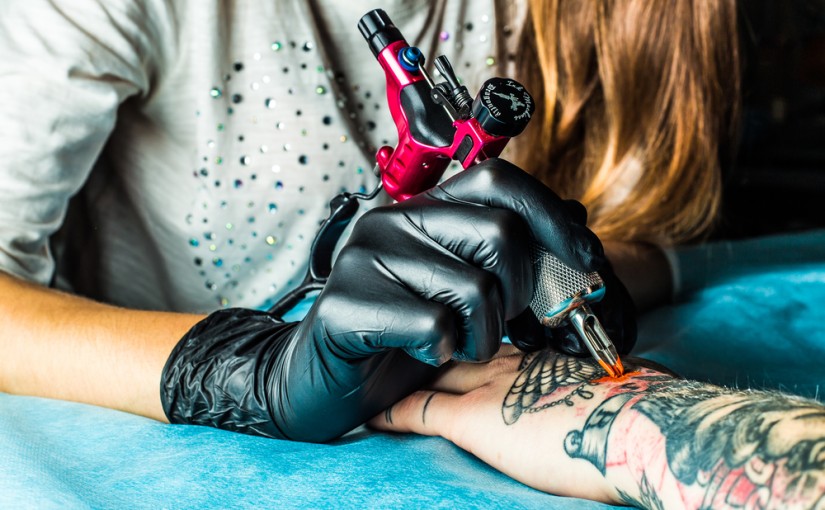Sometimes getting a tattoo removed isn’t just cosmetic. Some people are allergic to the pigments in tattoo ink. A tattoo allergy can cause swelling, rash, and irritation along with other skin abnormalities around the site of the tattoo.
Tattoo ink has many different ingredients and chemicals in it. You can be allergic to any one of the ingredients in tattoo ink. Substances like iron oxide, aluminum, manganese, mercury sulfide and ferric hydrate are just a few of the ingredients that can be included in your tattoo ink depending on the color. If you have an allergy to any of the ingredients in tattoo ink you can suffer an allergic reaction once the ink gets into your skin. You can be allergic to any color of tattoo ink, but red is the most common color that causes allergy.
Acute inflammatory allergic reaction causes the skin to become red, slightly swollen and irritated at the site of the tattoo. This occurs when the skin becomes irritated because of the tattoo needle and the tattoo ink. In most cases the symptoms of an acute inflammatory allergic reaction will subside within two to three weeks.
Photosensitivity occurs when some tattoos are exposed to the sun. This happens more often when a tattoo has yellow ink. Yellow ink and some shades of red ink have an ingredient called cadmium sulfide, that can cause an allergic reaction when it is exposed to the sun.
Dermatitis is one of the most common types of allergy that occurs with tattoos. This includes photoallergic and allergic contact dermatitis. Most commonly this type of reaction occurs because of the mercury sulfide that is in red tattoo ink.
Lichenoid allergic reaction is rare, but it related to red tattoo ink. When this occurs small red bumps appear around the areas where the ink is present.
Pseudolymphomatous allergic reaction is caused by a sensitivity to a substance that is found in tattoo ink. This happens as a delayed reaction, it does not happen immediately after getting a tattoo done. Typically, red tattoo ink is to blame, but blue and green can cause it too.
Granulomas are small bumps that can occur as a result of an allergic reaction to tattoo ink. Red tattoo ink is the most common cause, but purple, green and blue ink can cause it as well. These bumps form around the tattoo site.
If you have an allergic reaction to your tattoo you should see your doctor. In most cases the reaction can be treated by your doctor. In rare cases the tattoo will need to be removed.
